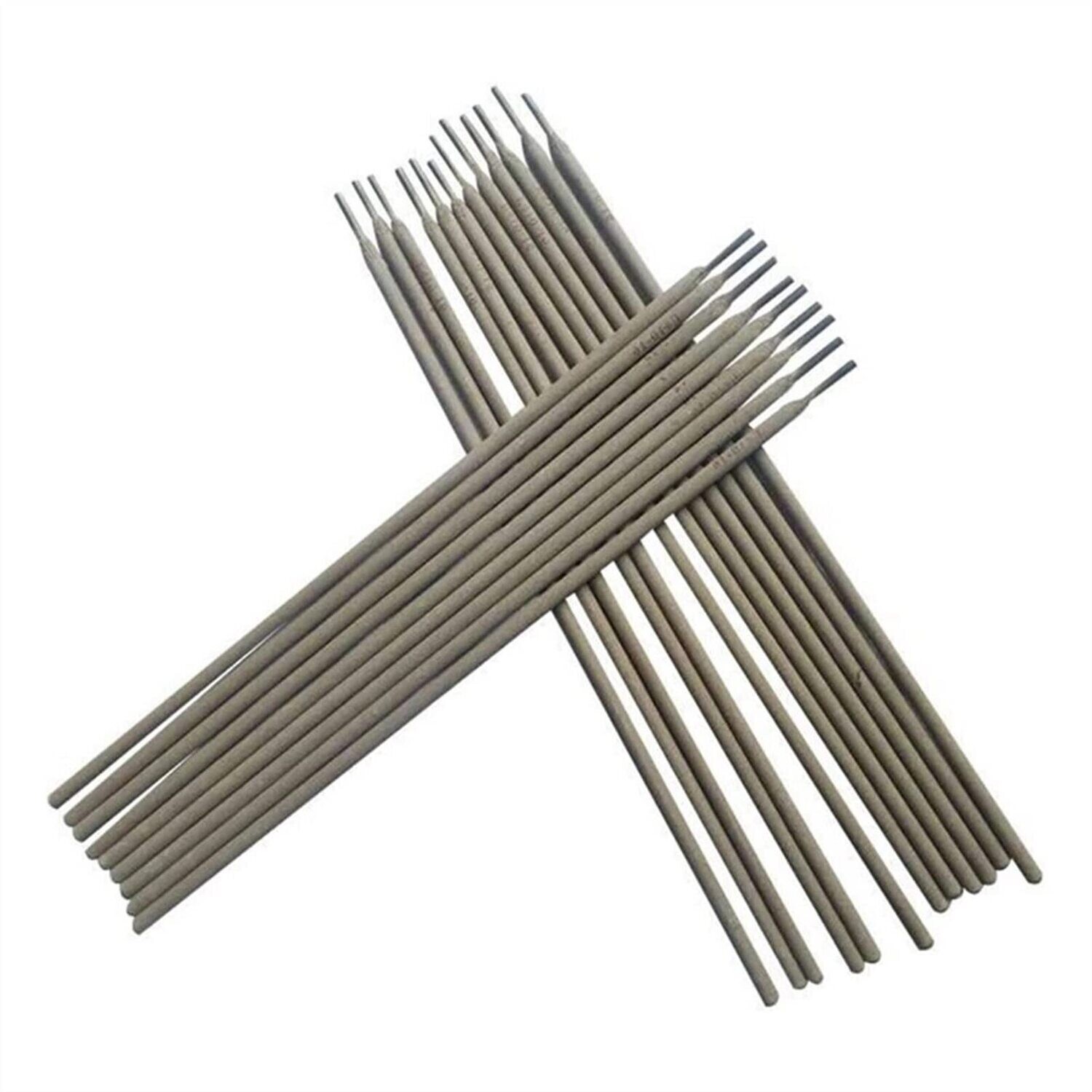747 Ultra Electrodes, 1/8"
747 Ultra Electrodes, 1/8"
THE ULTIMATE ELECTRODE FOR WELDING ALL TYPES OF STEELS, WITHOUT ANY DANGER OF CRACKING OR BREAKAGE
GENERAL CHARACTERISTICS: Because maintenance shops often have old or inexpensive welding equipment, New and Improved 747 ULTRA has been reformulated to provide the best possible arc stability, even under adverse conditions. It is amazingly stable on low open circuit voltage, AC buzz boxes. The weld metal transfer is especially smooth and there is almost no spatter. Arc restike is instantaneous. “Insta Peel”TM makes the slag virtually self-releasing. It is without doubt the best possible product to use on unknown steels and dissimilar metal combinations.
APPLICATIONS: Due to its exceptional strength and crack resistance, it is ideal for repairing tools, dies, spring steel, and any dissimilar metal combinations, with the exception of the aluminums and copper alloys. Because the weld metal is so tough, it is also recommended for repairing worn parts, and also as an underlayment for hard facing. Because of its low amperage requirements and exceptional ease of use, it should be the first choice for both home hobbyists and maintenance welders for tough or unknown weld metal applications.
TECHNICAL DATA: Tensile Strength as welded ................................................ up to 127,000 psi (882 N/mm2)
Yield Strength ....................................................................... up to 90,000 psi (620 N/mm2)
Elongation % ...................................................................................................... approx. 37
Hardness (HB) ................................................................................................. approx. 320
Current ...................................................................AC or DC reverse polarity (electrode+) (especially recommended for AC) Amperage 35-70 70-120 75-140 130-200 (in) 3/32” 1/8” 5/32” 3/16” (mm) 2.5 3.25 4.0 5.0
PROCEDURE: The area in which the weld is to be made should be free of rust, grease, paint, and other materials which cause weld contamination. A 90° vee joint should be used when joining heavy sections. Preheat is necessary only for high carbon steels, which should be preheated to 350°F (176°C), the interpass temperature should be kept below 500°F (260°C). Alignment should be maintained by the use of fixtures, tack welds, or other types of mechanical support. Maintain a short arc length and use stringer beads. Avoid weaving whenever possible
